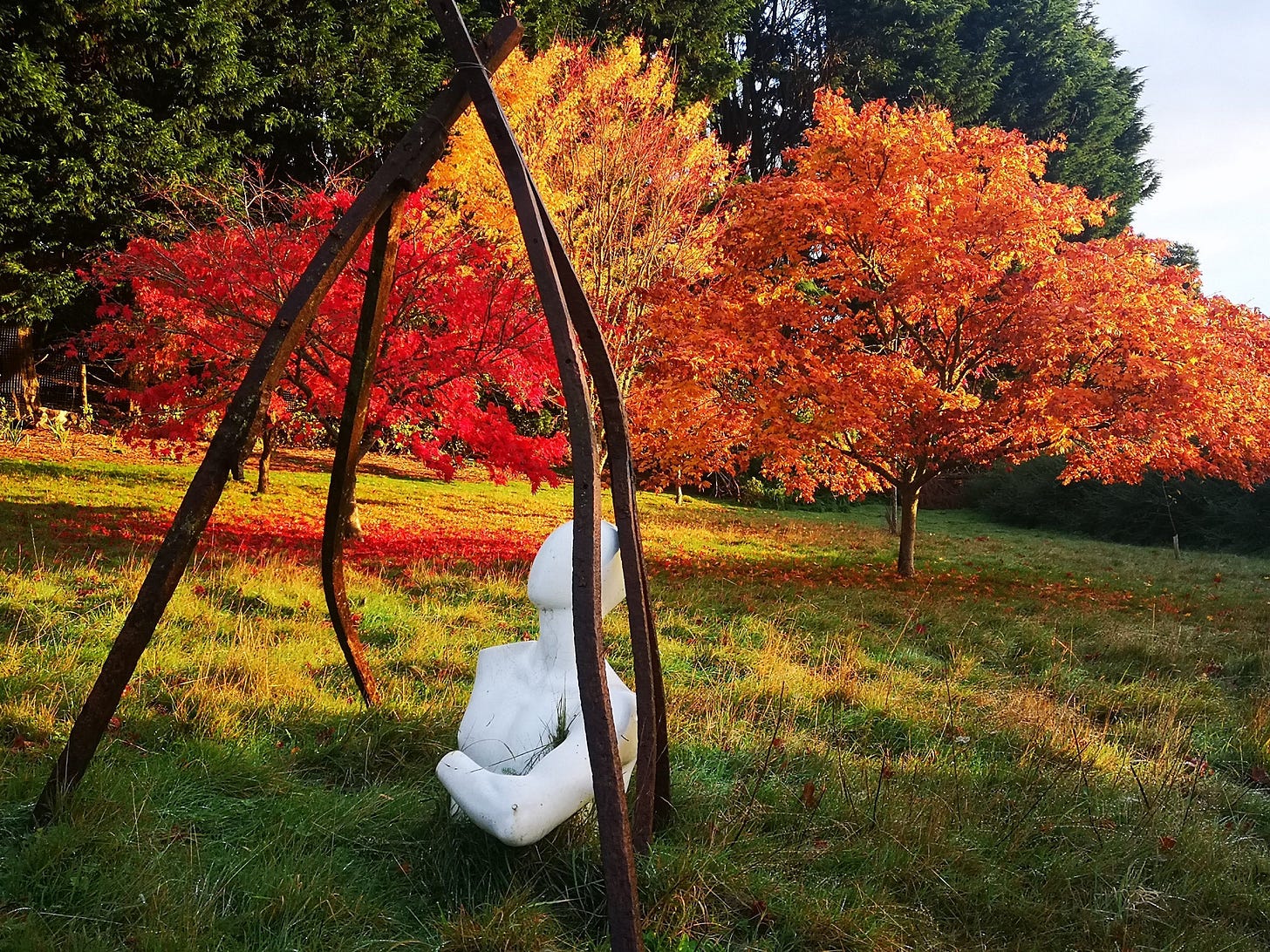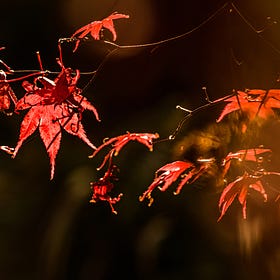Why Autumn Sets the Trees Ablaze
Unveil the secrets of autumn’s magical display! Find out why trees shed their green and reveal vibrant hues.
There’s something almost magical about walking through a British woodland in October and November, when the canopy above transforms into a living kaleidoscope. But this spectacular show isn’t just nature showing off, it’s actually a carefully orchestrated survival strategy that’s been millions of years in the making.
Throughout spring and summer, leaves are nature’s solar panels, packed with chlorophyll that keeps them green while manufacturing food for the tree. But as days shorten and temperatures drop, trees begin their winter preparations. They start breaking down that chlorophyll, reabsorbing valuable nutrients before the leaves fall. And here’s where the magic happens: as the green fades, it reveals pigments that were hiding there all along.
Those warm yellows and oranges come from carotenoids, the same compounds that make carrots orange, which were always present but masked by chlorophyll. The stunning reds and purples are anthocyanins, produced by sugars trapped in leaves as the tree seals off its connection to each leaf. It’s essentially the tree’s way of saying goodbye, creating a corky layer at the leaf stem that eventually lets it drop.
Weather plays a starring role too. Sunny autumn days create more sugars for vibrant reds, while cool (but not freezing) nights trap them in the leaves. This is why some years deliver a more spectacular display than others. It’s all down to that perfect combination of conditions.
For rewilding projects, these deciduous trees are ecosystem engineers. Their falling leaves create rich soil habitats, their seeds feed everything from dormice to jays, and their varied canopy provides niches for countless species. That autumn blaze isn’t just beautiful, it’s a sign of a healthy, functioning woodland ecosystem preparing for winter’s dormancy before bursting back to life in spring.
The UK’s Most Spectacular Autumn Trees
Field Maple ( Acer campestre ) Our native hedgerow champion turns butter-yellow to burnt orange. Compact and elegant, it’s perfect for smaller rewilding sites and supports 51 invertebrate species. Its winged seeds helicopter beautifully through autumn air.
English Oak ( Quercus robur ) The woodland monarch shifts from green to russet-brown and golden-bronze. Supporting over 2,300 species, it’s a rewilding cornerstone. Those tannin-rich leaves take longer to decompose, creating vital habitat layers. The rewilding anchor.
Silver Birch ( Betula pendula ) Turns a luminous golden-yellow that practically glows in low autumn light. A pioneer species essential for natural regeneration, its seeds feed siskins and redpolls while its leaves host hundreds of moth caterpillars. The silver birch trees in LettsSafari parks are shards of light rising tall above the lower canopy.
LettsSafari's 10 Best Garden Rewilding Practices for Autumn
Autumn is the perfect season to start rewilding your garden as nature transitions and prepares for the colder months. Embracing rewilding practices helps create a haven for wildlife, enhances biodiversity, and improves soil health. Get it right now and next spring and summer might surpirse you!
Rowan ( Sorbus aucuparia ) Offers a double display: fiery red-orange foliage combined with clusters of scarlet berries. Thrives in upland sites where other trees struggle, providing crucial food for migrating thrushes.
Wild Cherry ( Prunus avium ) Produces stunning crimson and scarlet leaves that rival any Japanese maple. An excellent early successional tree, its spring blossom and summer fruit support pollinators and birds year-round.
Keep reading with a 7-day free trial
Subscribe to LettsSafari+ to keep reading this post and get 7 days of free access to the full post archives.






